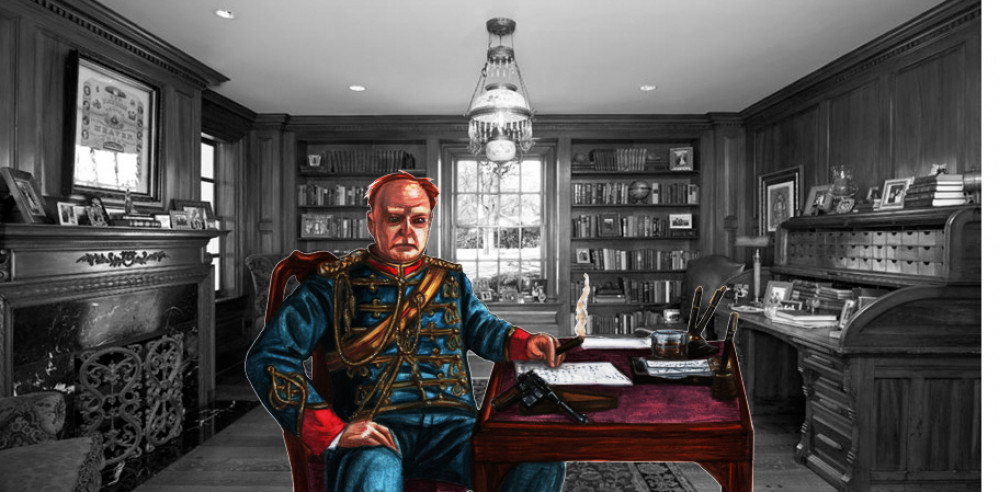
PanzerKaput's Illustrations
Background to 1938 A Very British Civil War, Part Three
Here is is the final one about the world of 1938 A Very British Civil War, the third part into the causes of the civil war.
War Breaks Out
Although not strong enough to attempt full independence the Kernow Liberation Army began a guerrilla war not confined to Cornwall but straying into Devon, attacking bases that could potentially give support to the Royalists. However this brought the Kernow Liberation Army into direct contact with both the Devonshire Regiment, attempting to keep the peace in the neighbouring county, and units of Royal Marines stationed at Plymouth and along the South Devon coast endeavouring to prevent gun running smugglers. Finding themselves outclassed the Kernow Liberation Army retreated, but the Devonshires and Marines continued their pursuit across the Tamar, which in turn brought them to a confrontation with the Duke of Cornwall’s Light Infantry. The confusion of the pursuit and the sympathies of officers and men of the Duke of Cornwall’s Light Infantry to the plight of their counties led the regular forces to fire on each other. After some skirmishing, the Devonshire units withdrew but a line had been crossed quite literally, and Army and Marine units were now working independently of the higher command.
Across the country army units, who had initially been reluctant to get involved found themselves drawn into the conflict. Lacking clear direction from General Staff, who became paralysed as they sought to avoid becoming embroiled in the political and constitutional arguments, officers on the ground responded to the local situation and, as in Liverpool and Cornwall, made their decisions as they saw fit. Soon the British army was fatally divided and units were fighting on opposite sides.
The Royal Navy and Royal Air Force also became divided. Traditionally politicised and still imbued with the spirit of the Invergordon mutiny a mere six years earlier, naval crews gravitated toward the left, offering their support. In contrast he RAF found more of its personnel in sympathy with the Royal faction, some with the British Union of Fascists, and so for the most part the RAF stayed loyal to Edward and the Government.
The country in 1938 is divided into regions each with their own peculiar struggles. Liverpool is in a state of siege, with constant street-fighting between fascist and independent forces. The anti-fascist forces there are by no means united and certain enclaves are starting to set themselves apart from Walpole’s Council. Wales is fighting its own guerrilla war between the Nationalist north, the moderate south and the socialist mining communes. Scotland, recognising that a weak and divided England is in its best interests, at least for the moment, has begun armed intervention in the north of England. In the south-east the British Union of Fascists is dominant. Its Legionary forces are as well-equipped and motivated as the rump of the army. In January a Legion force, supported by loyalist military units, drove out of London against the Anglican League’s stronghold at Canterbury. In the rural areas, such as Somerset or Cornwall, there is a constant low-level fight between the various factions as each vies for dominance.
The war is not taking place in a vacuum however. The fascist nations of Italy and Germany, whilst shocked at the sudden collapse of what had appeared the most stable and country in Europe, watch the struggles with interest and concern, whilst Soviet Russia has started sending some limited support to beleaguered Liverpool, which it sees as being the main stronghold of the British left. In Canada there are growing calls amongst ex-patriots for the King’s brothers to do something to intervene, with the aim of restoring the country to constitutional monarchy and parliamentary democracy, whilst the eccentric and highly religious General Wynd-Grator, the latest appointee to the Middle Eastern Command, has embarked his India Army troops on transports and is crossing the Mediterranean with the intention of ‘restoring Britain to the Godly’.
The Military Organisation of the Factions
Given the background and training of their soldiers the various factions have generally organised their military wings along British Army lines, with squads of ten men, through platoons and companies to battalions and, in the case of the rump army and the Scottish Republic, brigades. Cavalry, armoured car and tank units are organised into troops; very few are strong enough to form squadrons. Rank structures show a greater variety, particularly amongst the left wing militias and the British Union of Fascists Legion, but for the most part follow British army practice too.
When the British army fragmented in 1937 much of its equipment went with it. In various towns across the country arsenals were opened and emptied by local defence forces and militias. Thus the dominant style of uniform, when there is one, is also British army. The same is true of arms, with the Webley revolver and the short magazine Lee Enfield being the dominant small arms, the Lewis gun and Vickers machine guns as support weapons. Sporting rifles and shotguns are also very common amongst the militias. Bicycles are one of the main forms of transport for both regular troops and militias. Lorries and cars are plentiful, being volunteered or requisitioned from civilian sources, even if fuel is not. These are often armoured in a more or less haphazard manner.
In areas of heavy industry (or indeed those towns where the vehicles are produced) they can be very professional jobs, in rural areas the “armour” may consist of little more than corrugated steel and railway sleepers or tree trunks.
If anyone want more please shout one.































![TerrainFest 2024 Begins! Build Terrain With OnTableTop & Win A £300 Prize! [Extended!]](https://images.beastsofwar.com/2024/10/TerrainFEST-2024-Social-Media-Post-Square-225-127.jpg)
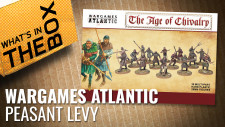
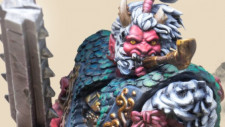
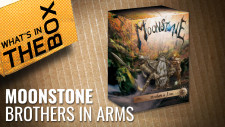






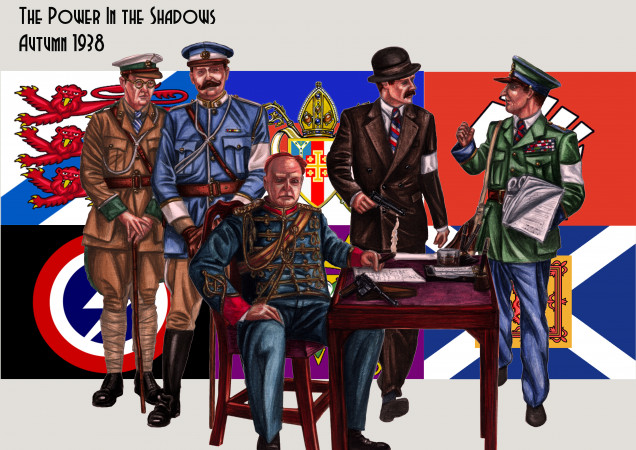


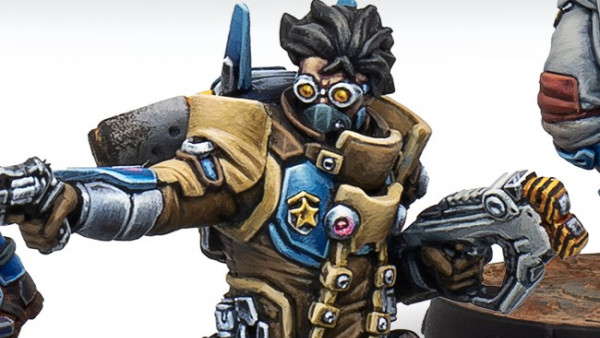
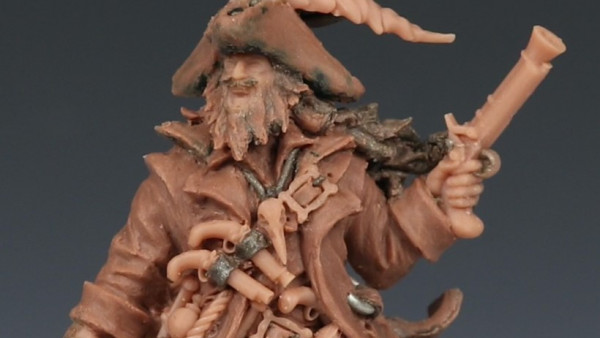
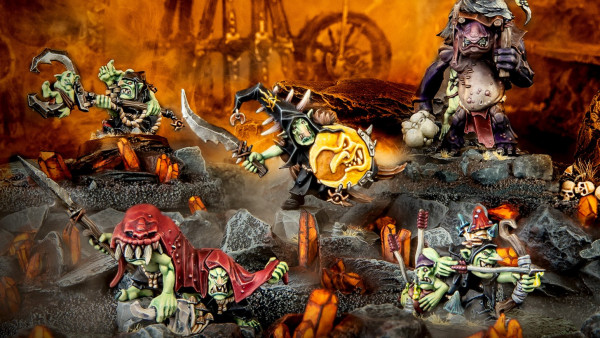
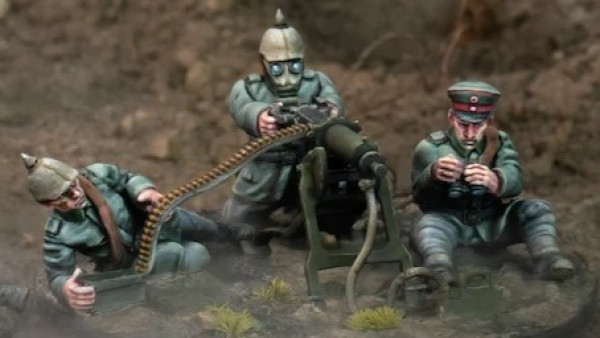
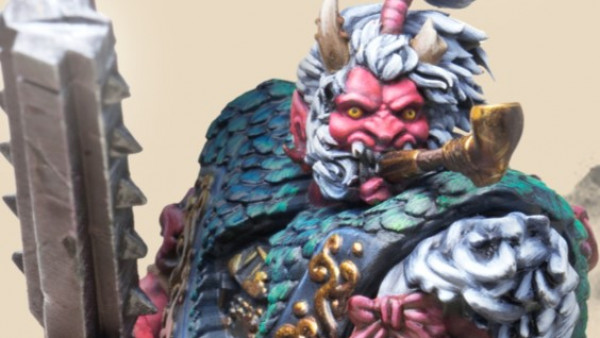
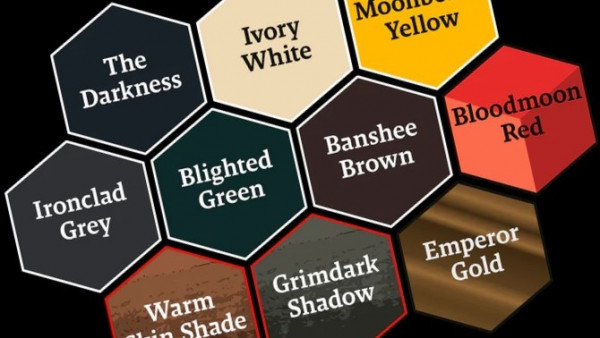
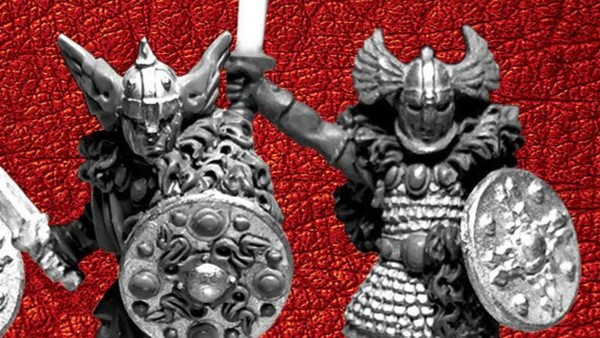

















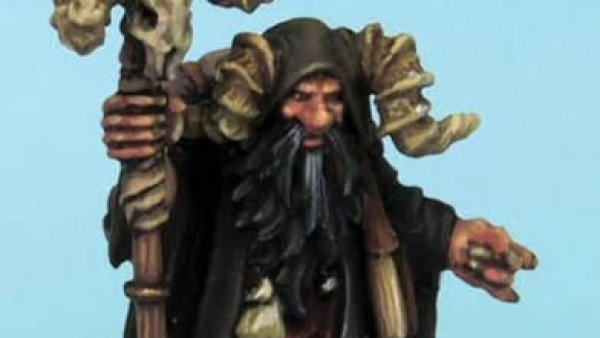
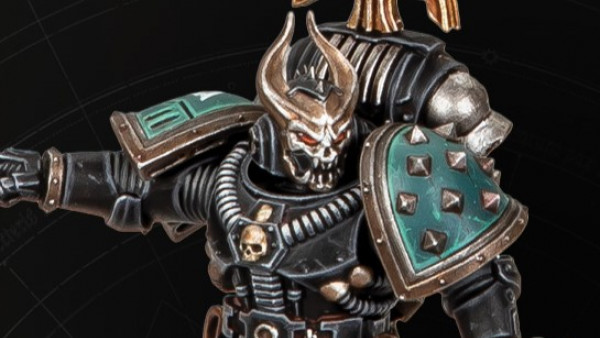
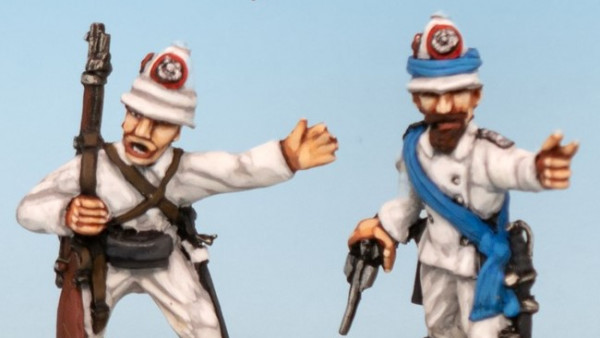
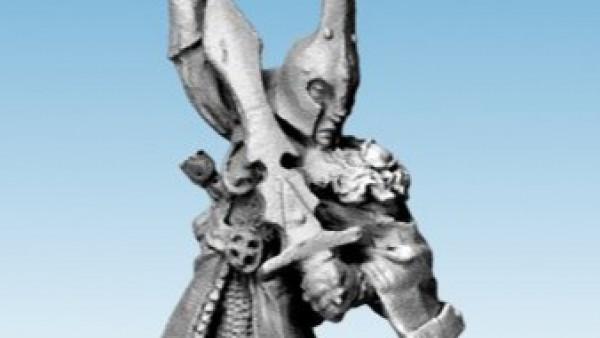
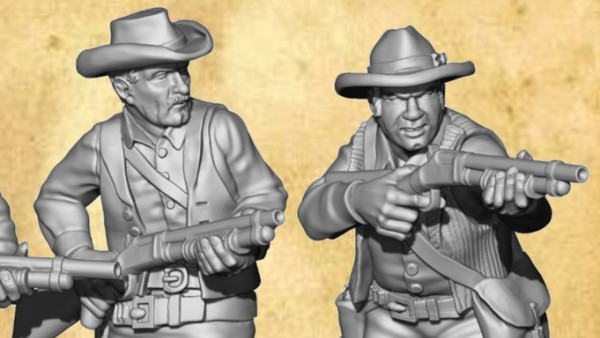


Leave a Reply